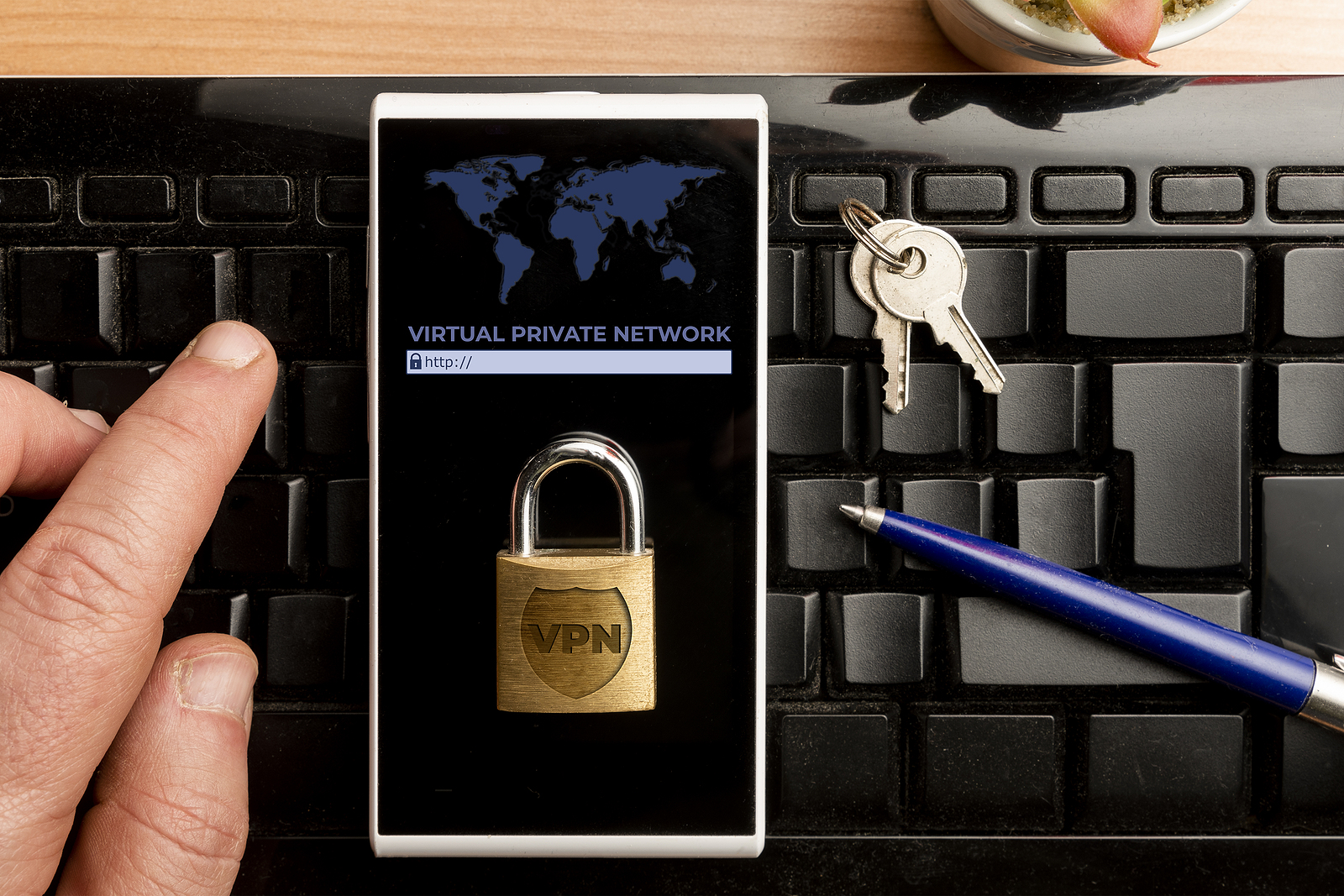A virtual private network (VPN) service is an excellent tool for enhancing online privacy and cybersecurity, but sometimes it’s a hassle to turn it off and on for different activities. And while some providers offer good speeds, redirecting traffic slows down your connection, even if only slightly. Luckily, there is a way around these problems: split tunneling.
Whether you Googled the popular “how to hide my IP” question or were interested in
cybersecurity and privacy, VPNs showed up as one option you should try. However, while VPNs are helpful, you may not want to use them for everything. That’s when split tunneling comes in handy.
A standard “full tunnel” VPN redirects traffic through a third-party server belonging to a VPN provider. The rerouted traffic gets a new IP address, which is useful if you don’t wish to broadcast certain personal information, such as your location.
But redirection alone is not the only function of a VPN. When data is redirected, it is additionally encrypted. It means your connection data is much harder for unauthorized entities (such as cybercriminals) to access. This added security is why individuals and companies use VPNs to protect their valuable information from cyber threats. However, enhanced cybersecurity has a cost: connection speed and convenience.
Rerouting data packets through a VPN server adds another step to their “journey,” so it is only logical that travel speeds suffer slightly. Of course, the drop is not even noticeable if you use the best VPN providers. But some activities, such as playing competitive video games or streaming high-quality movies, require the best possible internet connection that you can’t always get.
Using a VPN for all online activities can also overload the network. Imagine downloading large files and streaming a 4K movie simultaneously. Your VPN tunnel may not be able to handle such a burden.
But here’s a cool fact: you don’t have to use a VPN for everything, thanks to a feature called
split tunneling.
Split tunneling allows you to manually select the applications and URLs that connect to the network via VPN, while others use a standard internet connection. With this solution, you can watch movies “normally” but download files or access websites with VPN protection – all at the same time and without having to turn the service off and on constantly.
- Remote work. Connecting to company servers from afar and sending sensitive data over the internet is risky, so it is never a bad idea to protect it further. Using split tunneling, you can connect to work through a secure, encrypted tunnel and use a standard connection for personal online activities.
- Protecting files in organizations. Companies often use split tunneling and manually assign the applications and URLs that need the most protection to be routed through the VPN, leaving out the less important ones. This way, they can protect sensitive business data and save on connection speeds by not pushing all traffic through VPN servers. And speeds are essential for calls and video conferences.
- Using voice communicators. Talking over voice communicators such as Skype, Discord, or Zoom requires a good and stable connection, which can be disrupted by downloading large files (for example). Split tunneling allows you to do both: downloading files via VPN but talking through a standard connection.
- Hiding your IP address only in some instances. If you want to hide your IP, but only for certain sites or applications, you can do it with split tunneling. Other sites and applications will see your actual IP address.
Cons of split tunneling
Split tunneling, like everything else, has its disadvantages:
- Configuration. Setting up split tunneling and manually selecting URLs and applications that will (or will not) be routed through a VPN can be complicated, especially in companies. It is prone to human error, and overlooking gaps can lead to security vulnerabilities.
- Difficult network monitoring. Hiding some of the traffic behind a VPN makes it harder for security teams to monitor and detect potential threats. However, this only applies to organizations.
- Poorer security compared to full tunneling. When using a VPN without split tunneling, all data is encrypted. However, with split tunneling enabled, only parts of it receive extra protection. It makes you more vulnerable to cybercriminals and threats like data leaks and theft.
So, should you enable split tunneling? That depends on you and your needs. Everything has pros and cons. While full tunneling provides better security, split tunneling allows you to protect part of your data without sacrificing your connection speeds.







